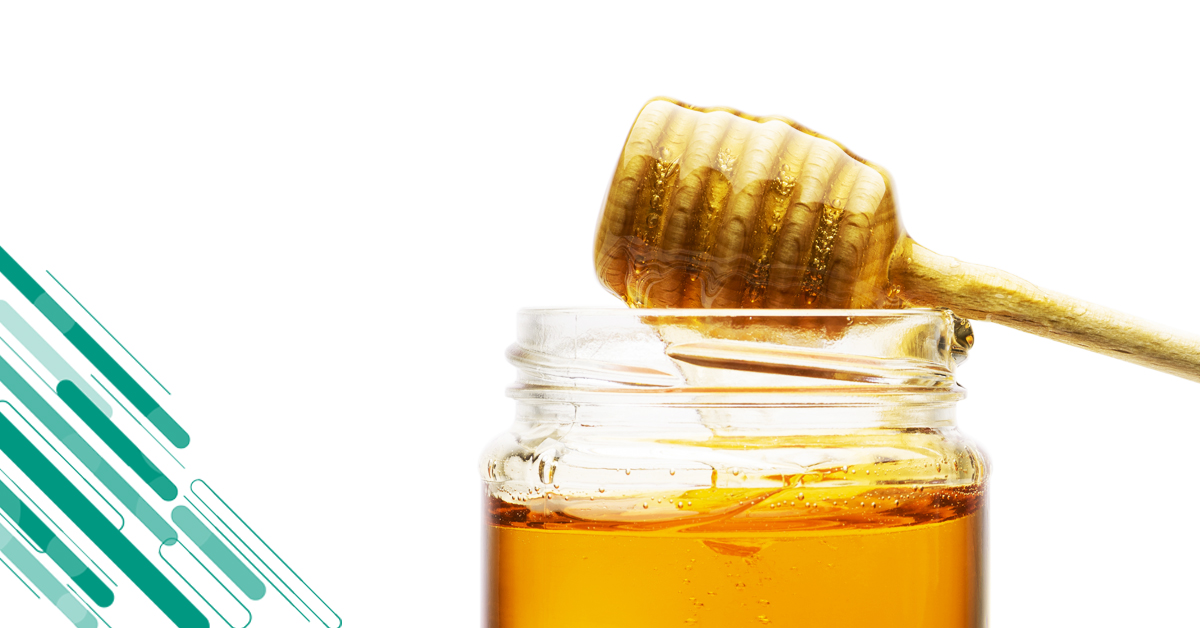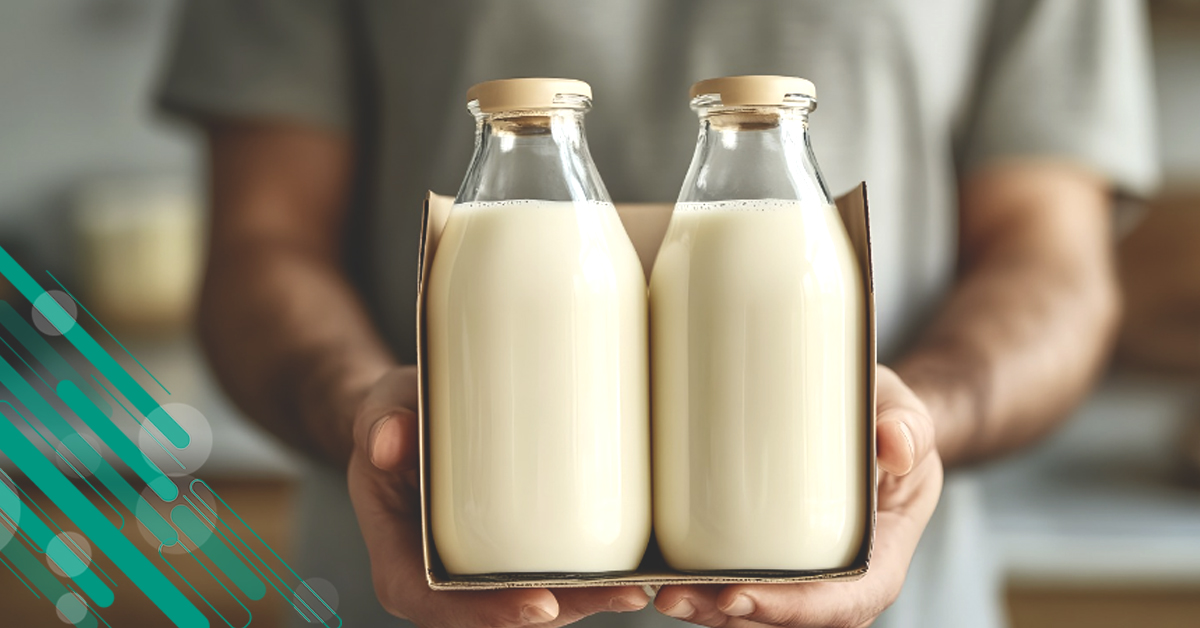In a world where attention to natural and unprocessed foods is constantly growing, honey represents a perfect answer for those looking for a sweetener that is both healthy and sustainable. Not only does it nourish, but it also reminds us of the importance of preserving our ecosystem, protecting bees, and promoting responsible farming practices. With over 300 varieties produced around the world, honey is one of nature’s most fascinating products. Each type of honey reflects the unique character of its region, from the climate to the local flora, and even the beekeeping techniques. Global honey production is dominated by countries like Turkey, Argentina, and especially China, the world leader with over 460,000 tons per year, but in recent years, emerging producers like Gulf countries have also entered international markets.
Despite the large volumes, the richness of honey lies primarily in the extraordinary variety of flavors, scents, and textures it offers. Every geographical area, with its biodiversity, contributes to creating honeys with unique characteristics, influenced by local blooms and traditional techniques, with a relationship to the “terroir” that closely resembles that of wine. For example, Provençal lavender honey from France stands out for its floral delicacy, while Italian chestnut honey, with its bitter and earthy aftertaste, is appreciated for its aromatic complexity.
In Africa and South America, beekeeping practices remain largely tied to traditional methods, producing honeys with smoky notes and almost exotic flavors. These wild environments, combined with native plants like coriander in Morocco or oak in Chile, give honey a rare aromatic depth. Even in the Middle East, countries like Saudi Arabia and Qatar are developing varieties such as Sidr honey, renowned for its rich flavor and therapeutic properties, thanks to government investments and new sustainable beekeeping techniques.
But which are the most popular and widespread honeys in the world?
Manuka Honey (New Zealand) Sourced from the flowers of the Manuka tree, it is known for its exceptional antibacterial properties. It has a strong and slightly bitter taste, and a thick consistency. This honey is used for both culinary and medicinal purposes.
Tupelo Honey (USA) Harvested in the swamps of Florida and Georgia, it has a sweet, buttery flavor with light floral notes. Considered a luxury honey, it is rare and expensive due to its short harvest period.
Eucalyptus Honey (Australia and California) This honey has a strong flavor with menthol notes and an almost medicinal aftertaste. It is appreciated not only as a sweetener but also for relieving cold symptoms.
Sidr Honey (Yemen) Produced from the flowers of the Sidr tree, it is famous for its rich, caramel-like flavor. It has a thick consistency and is used in traditional Yemeni medicine for its therapeutic properties.
Rhododendron Honey (Nepal) Rare and controversial, this honey has an intense flavor and psychotropic properties when consumed in large quantities. It is harvested in the mountainous areas of Nepal and is considered a prized product.
Chestnut Honey (Italy) Produced in various Italian regions, it has a bitter and pungent taste with woody notes. It is rich in minerals and appreciated for its persistence and aromatic complexity.
Oak Honeydew Honey (Greece) Collected from the honeydew of oaks, it has a dark color and a much less sweet taste compared to floral honeys. It is considered a superfood due to its high mineral and antioxidant content.













